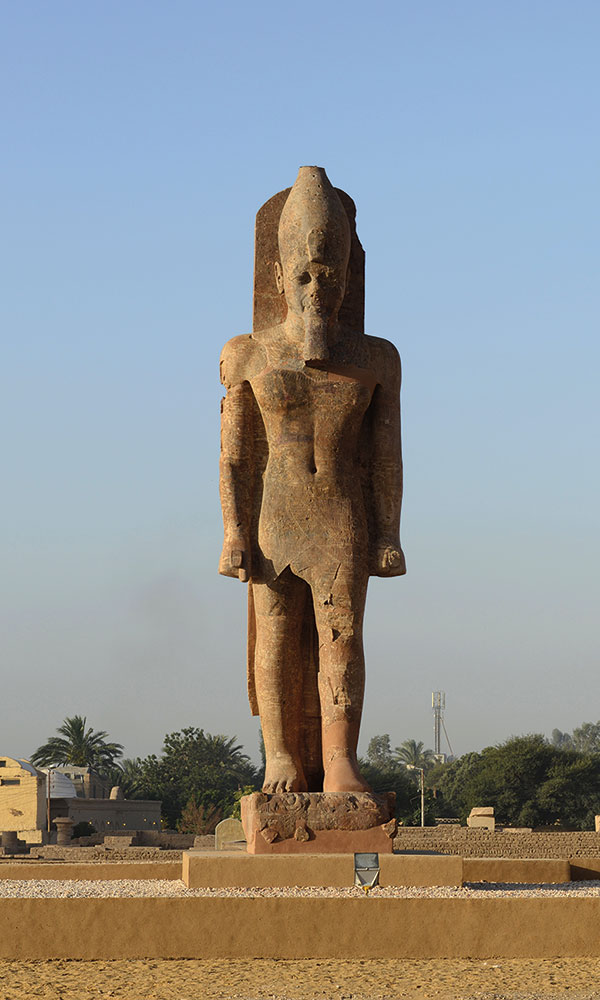ROME, ITALY—Excavation of the ancient sewer system at the Colosseum with robots has discovered the pits of figs, grapes, cherries, blackberries, and nut shells, according to a BBC News report. Alfonsina Russo of the Colosseum Archaeological Park said that the foodstuffs may have been eaten while Roman spectators watched gladiator battles some 2,000 years ago. The bones of bears and big cats, which may have been used during hunting games in which the animals were forced to fight each other and the gladiators, were also found, along with the bones of dogs. Finally, some 50 bronze coins dated from about A.D. 250 to 450, and a second-century A.D. silver coin commemorating 10 years of the reign of the emperor Marcus Aurelius, were also recovered. To read about equipment gladiators used to fight in the Roman arena, go to "Weapons of the Ancient World: Gladiator Weapons."
Roman Colosseum’s Sewers Investigated With Robots
News November 29, 2022
SHARE:
Recommended Articles
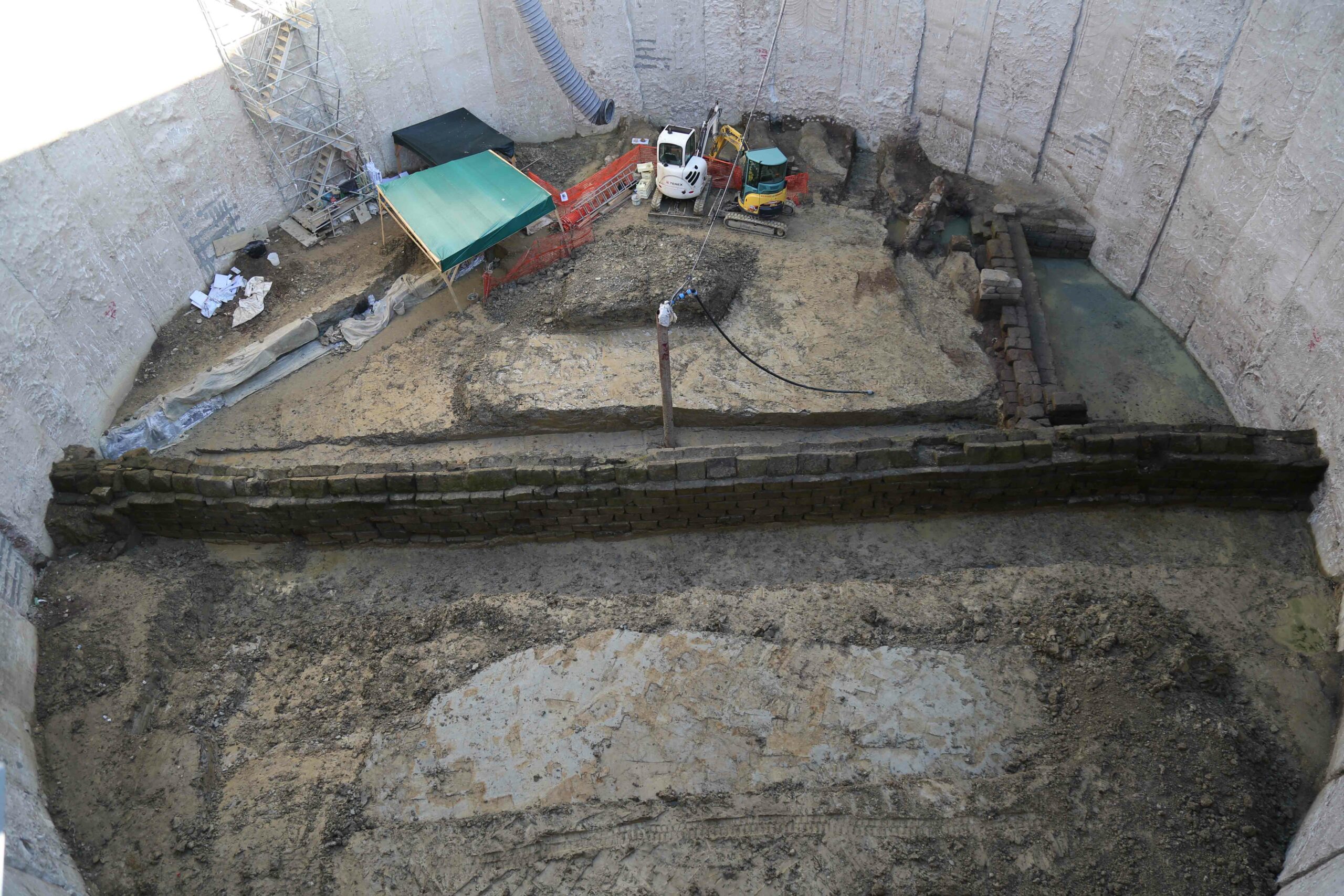
(Bruno Fruttini)
Weapons of the Ancient World May/June 2020
Gladiator Weapons
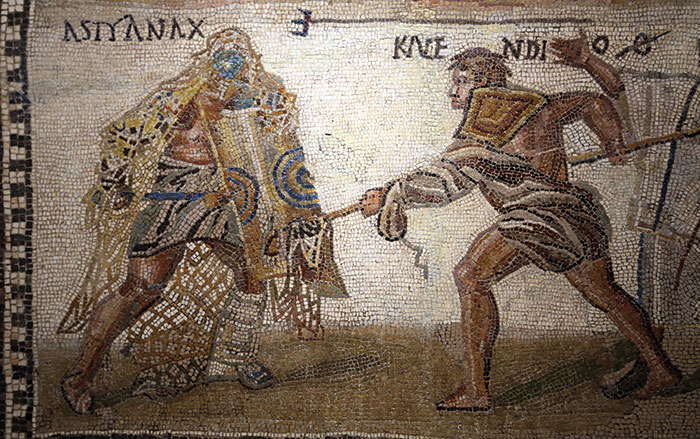
(Lanmas/Alamy Stock Photo)
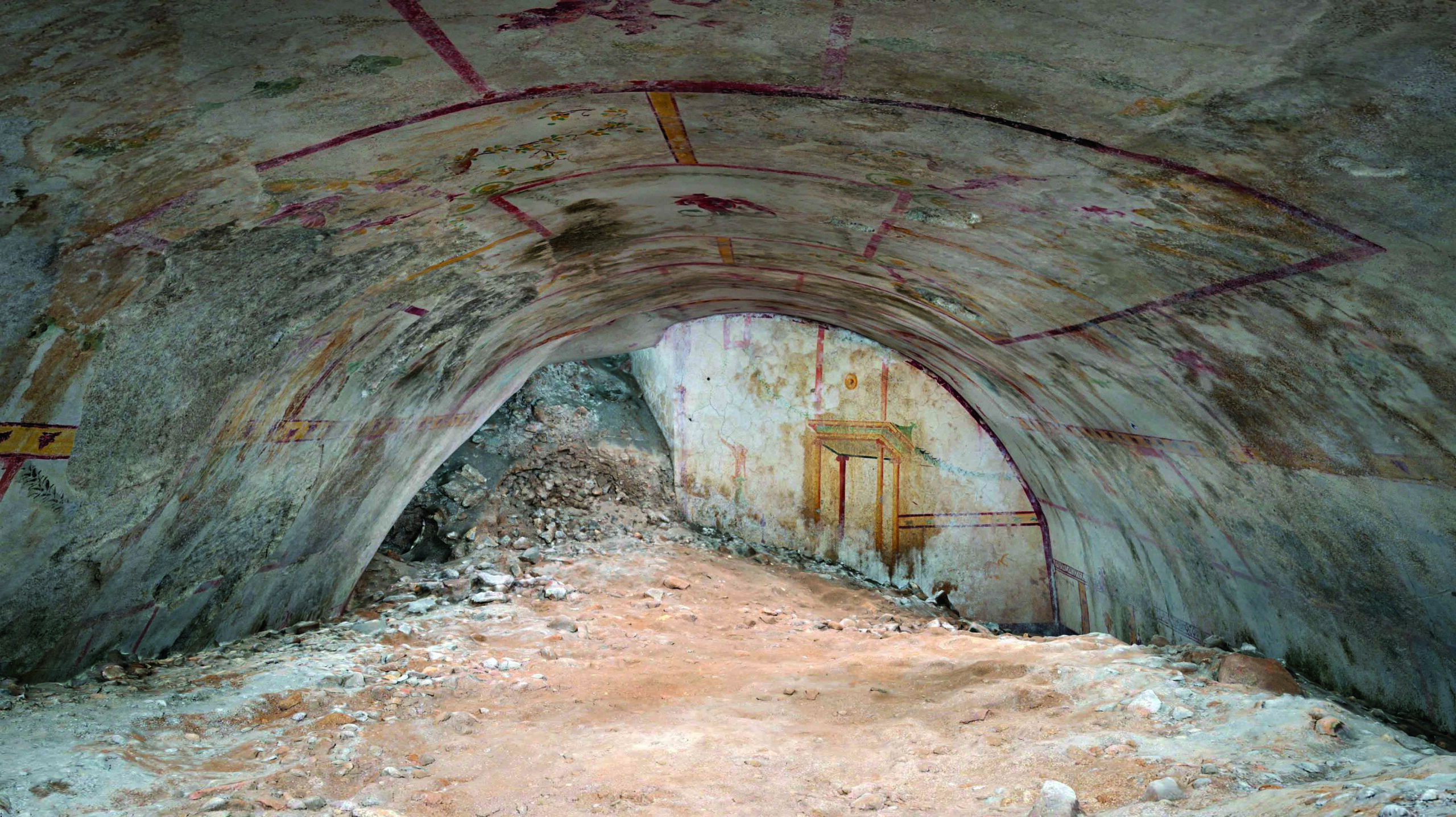
(Courtesy Italian Ministry of Cultural Heritage)
Digs & Discoveries July/August 2018
Pompeii Revisited
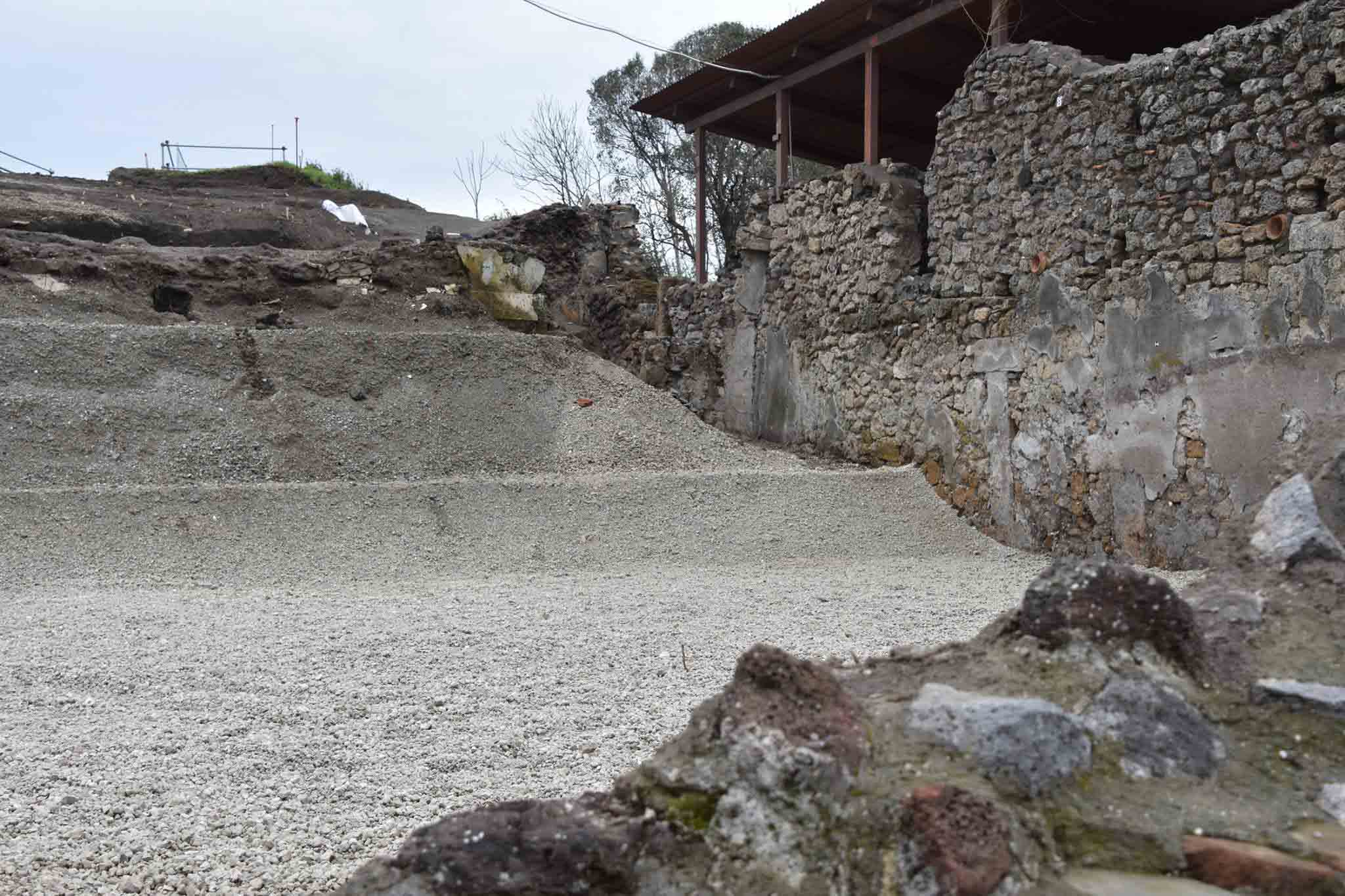
(Courtesy Soprintendenza Archeologica di Pompei)
-
Features September/October 2022
1,000 Fathoms Down
In the Gulf of Mexico, archaeologists believe they have identified a nineteenth-century whaling ship crewed by a diverse group of New Englanders
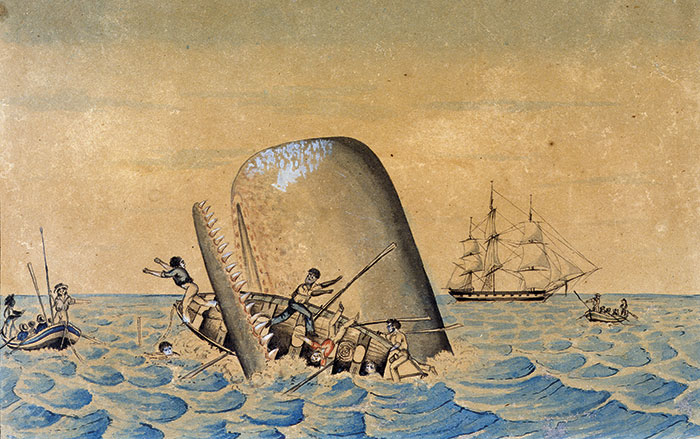 (Courtesy the New Bedford Whaling Museum)
(Courtesy the New Bedford Whaling Museum) -
Letter from Germany September/October 2022
Berlin's Medieval Origins
In the midst of modern construction, archaeologists search for evidence of the city’s earliest days
 (Courtesy Landesdenkmalamt Berlin/Michael Malliaris)
(Courtesy Landesdenkmalamt Berlin/Michael Malliaris) -
Artifacts September/October 2022
Nordic Bronze Age Figurine
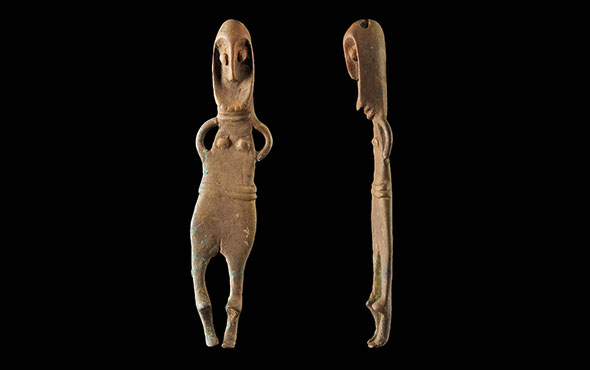 (Courtesy Thomas Terberger)
(Courtesy Thomas Terberger) -
Digs & Discoveries September/October 2022
The Case of Tut's Missing Collar
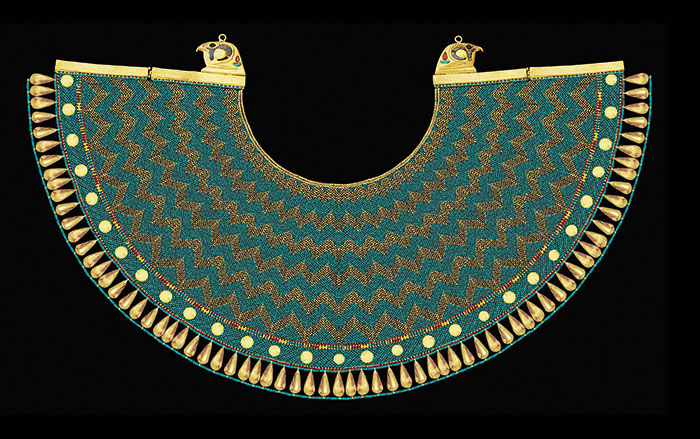 (Courtesy Marc Gabolde)
(Courtesy Marc Gabolde)



